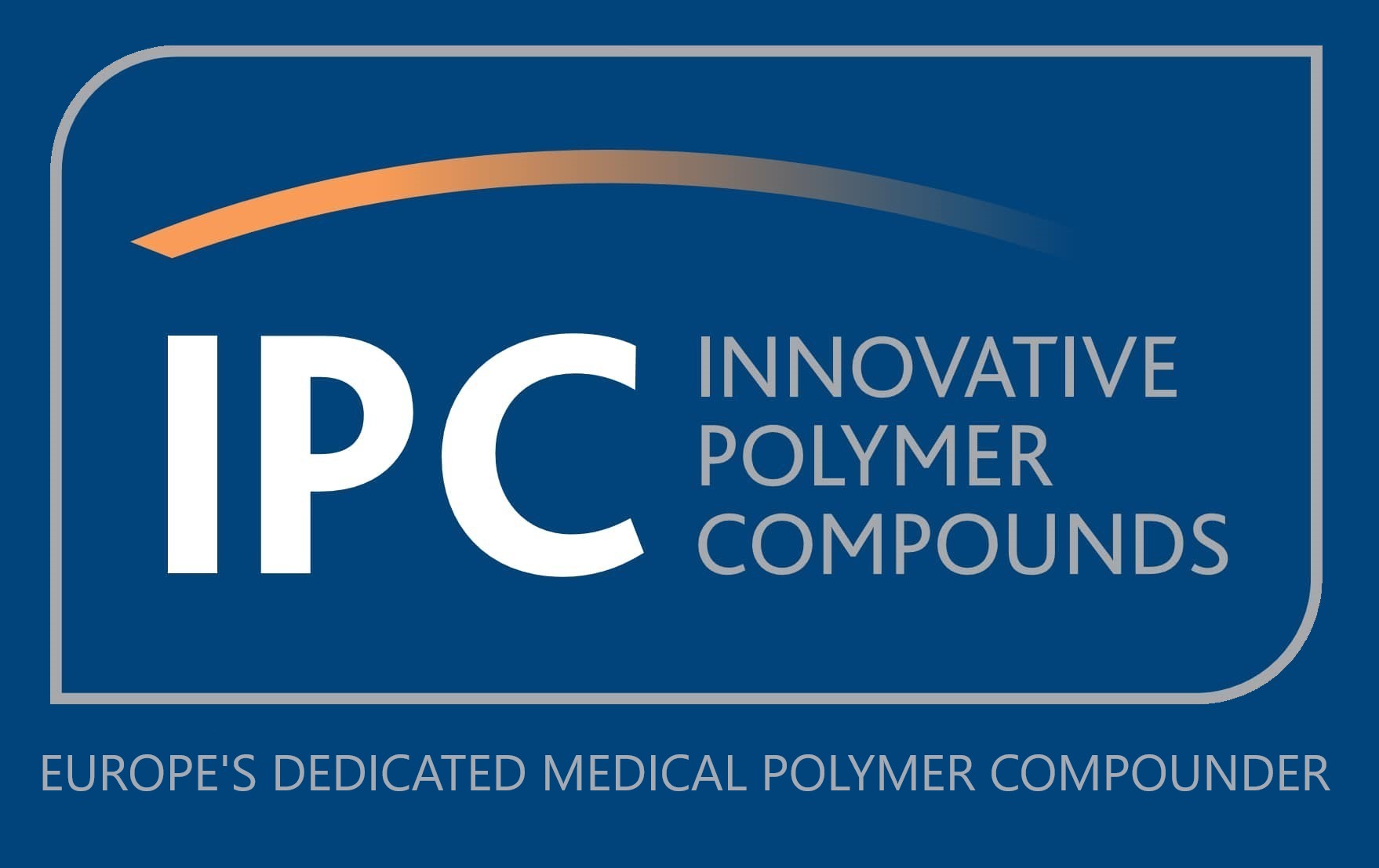IPC – INNOVATIVE POLYMER COMPOUNDS intensifies its drive into Osseo Integration Compounds by joining the CHIRON consortium
- Posted By Henrik Bjoerk
- On November 4, 2021
- 0 Comments
Bio-inkjet 3D printing
IPC – INNOVATIVE POLYMER COMPOUNDS intensifies its drive into Osseo Integration Compounds by joining the CHIRON consortium.
Human Tissue engineering is the general area IPC would be involved together with the CHIRON consortium www.chiron-biotech.com . Chiron is an international collaboration between two SMEs (Concr3de BV and IPC – Innovative Polymer Compounds) and two research centers (University Medical Center of Utrecht and the Trinity College of Dublin).
For CHIRON, IPC’s objective is to develop a new range of up to 120 polymer compounds that can be used for 3D printing (or Additive Manufacturing). The method of 3D printing is called “bio-inkjet”. No other polymer compounder is doing this.
We will supply the material (the polymer compound) that our partner Concr3de www.concr3de.com will use for bio-inkjet 3D printing.
The human cells in the device will then interact on a molecular level with the human cells in the body (outside the medical device). Eventually they will become one. An example of this is 3D printed human cartilage.
The difficulty IPC has to overcome is finding a suitable compound (mix of polymers and additives) that will work together with the human cells added during the 3D printing.
Upgrade from existing products
Currently available alternative materials for 3D human tissue such as bone often lack mechanical strength, have suboptimal biocompatibility and suboptimal porosity preventing vascularisation.
IPC together with the CHIRON grouping will develop unique bioinks, biopowders and methods to overcome these limitations.
IPC will develop compounded materials that provide the mechanical strength and natural polymers that are more favourable for cell attachment, proliferation and differentiation.
The CHIRON grouping will create a mechanically strong, bioresorbable, commercially available tissue with customizable and adaptable forms. The group will further showcase how the 3D printing system can be used to bioprint cartilaginous-like and osseous tissue. The group will print arrays of biopolyester and Tricalcium Phosphate microchambers that will function as scaffolds to guide the growth and organization of chondrocytes for tissue engineering.


0 Comments